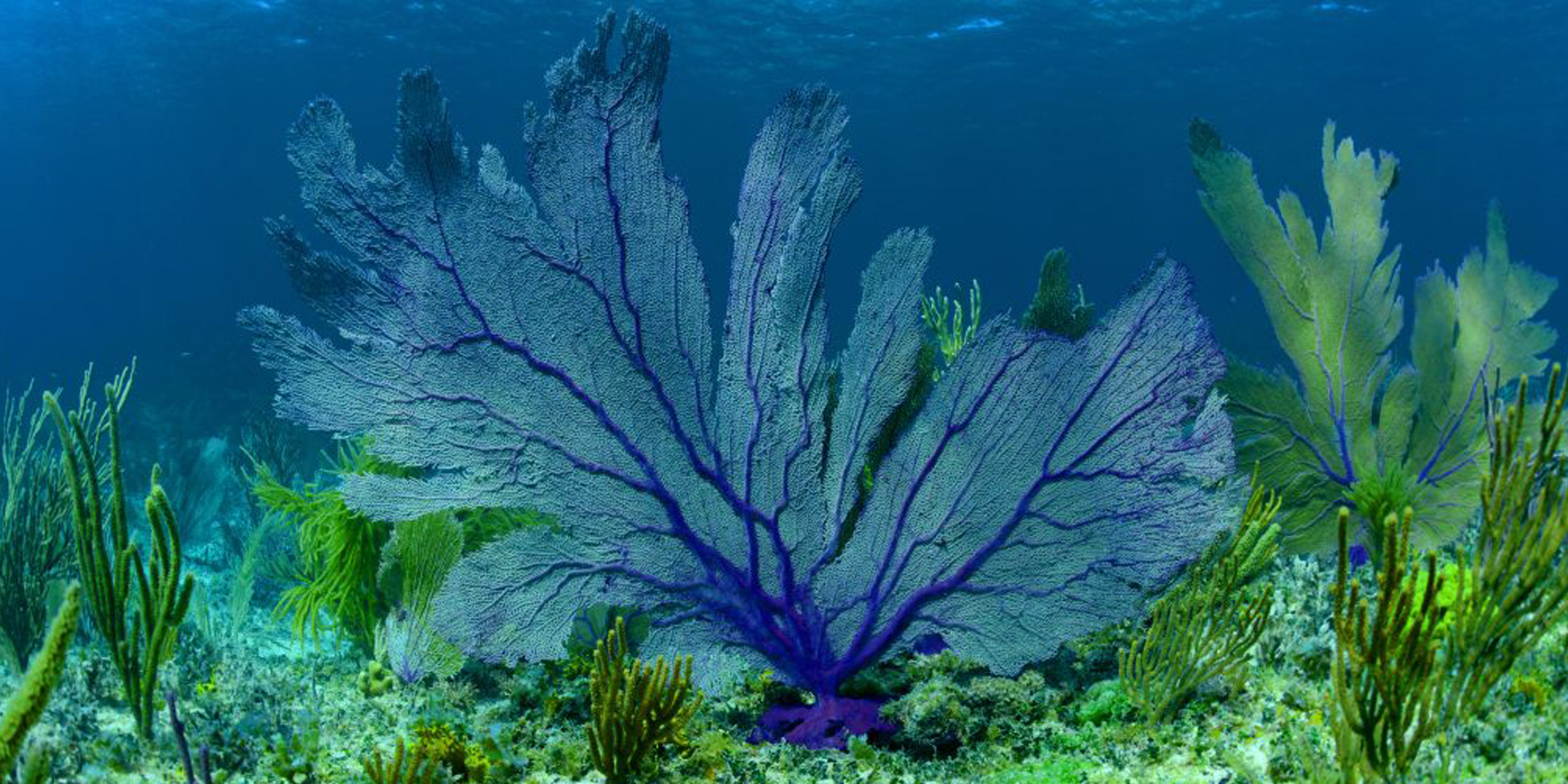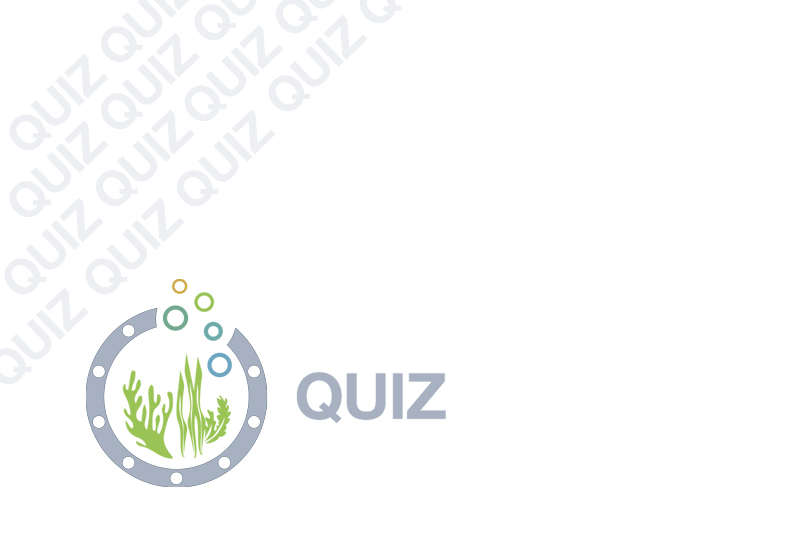
CRF.B | Ecosystem Extraordinaire
What’s One of the Most Important Types of Sea Creature?
Corals are some of the most important inhabitants of the world’s oceans.
Aren’t coral reefs just big piles of organic rocks? Of course not – in fact, regardless of how they look, they aren’t rocks at all but living, breathing marine ecosystems teeming with life, providing food and shelter to perhaps one quarter of all the ocean species in the world.
That’s especially remarkable when you consider that coral reefs cover only a tiny fraction (less than one percent) of the ocean floor, yet they are so diverse that they are sometimes referred to as “the rainforests of the sea”.
Not only does a wide range of marine life depend on coral reefs, but we humans do as well. Coral reefs give us vacation spots, tourism jobs, food, medicines, even protection of some of our most fragile shorelines – in fact, the value of coral to our economy is somewhere between 30 and 150 BILLION US dollars when you add it all up.
One of the most important roles that coral plays in our world, though, is as a regulator of carbon dioxide levels in the oceans. Ocean creatures need oxygen just like land creatures do, and as the levels of carbon dioxide in the ocean increase, the oxygen levels decrease, making it harder and harder for the ocean to support life in the sea.
What are Corals?
Corals have some surprising relatives. The first are sea anemones, and they all share a simple organic structure called a “polyp”. The polyp is like a tin can open at just one end: the open end has a mouth surrounded by a ring of tentacles armed with stinging cells, called nematocysts, that allow the coral and the sea anemones to grab small organisms that swim too close. Inside the body of the tiny polyp are its digestive and reproductive tissues.

Some corals have tentacles, much like another of their surprising relatives: the jellyfish! Corals and jellyfish are really distant cousins, (both belong to the phylum Cnidaria), and come in a variety of ‘flavors’ like Hexacorals and Octocorals. Hexacorals, like sea anemones and black corals, have smooth tentacles, usually in groups of 6. Hence “hexa,” the latin word for 6. Octocorals have–you guessed it–8 main tentacles with little branches coming off of them. Both hexacorals and octocorals are part of the family branch called Anthozoans, and all corals except Fire coral are part of this side of the family.
Fire corals don’t belong to the Anthozoan family because they aren’t true corals, but are often mistaken for coral, as they look a lot like regular coral. Actually they are closer relatives of the jellyfish than corals are, and have a nasty sting, so it’s good to steer clear of them!
So why do corals look like rocks? Well, in a sense they have a sort of rocky crust around them. In so-called “stony corals”, which most tropical reefs are made of, each polyp sits in a cup made of calcium carbonate. While the stony corals are important reef builders, there are other species that have stony skeletons, like the organpipe, and red and blue corals. In addition to the stony corals there are also more flexible ones like the sea fan and sea rod which use flexible materials or stiff rods for structure.
Dinnertime!
Besides catching small organisms that swim close to their shallow water, corals that live in warm water often have another source of food, the zooxanthellae (pronounced zo-o-zan-THELL-ee). Zooxanthellae are single-celled algae that photosynthesise – in other words, they create nourishment through chemical processes caused by the sun – and pass some of the food they make from the sun’s energy to their hosts.
Coral reefs, the “rainforests of the oceans,” are diverse ecosystems that affect our entire planet. Far from being piles of rocks, these are vibrant living habitats.
Curriculum Reference Links
- Biological World / Building Blocks / 1: Students should be able to investigate the structures of animal and plant cells and relate them to their functions
- Biological World / Energy /8: Students should be able to explain how matter and energy flow through ecosystems
- Biological World / Sustainability / 10: Students should be able to evaluate how humans can successfully conserve ecological biodiversity and contribute to global food production; appreciate the benefits that people obtain from ecosystems
- Chemical World / Systems and Interactions / 7: Students should be able to investigate the effect of a number of variables on the rate of chemical reactions including the production of common gases and biochemical reactions




